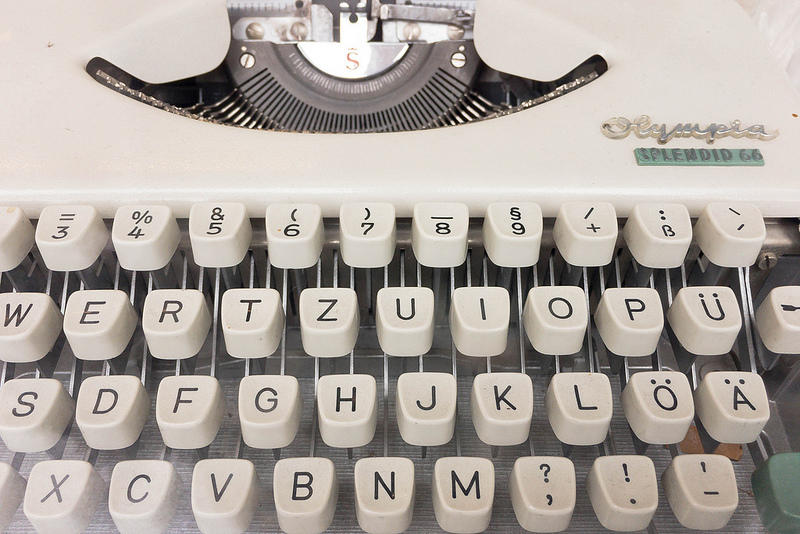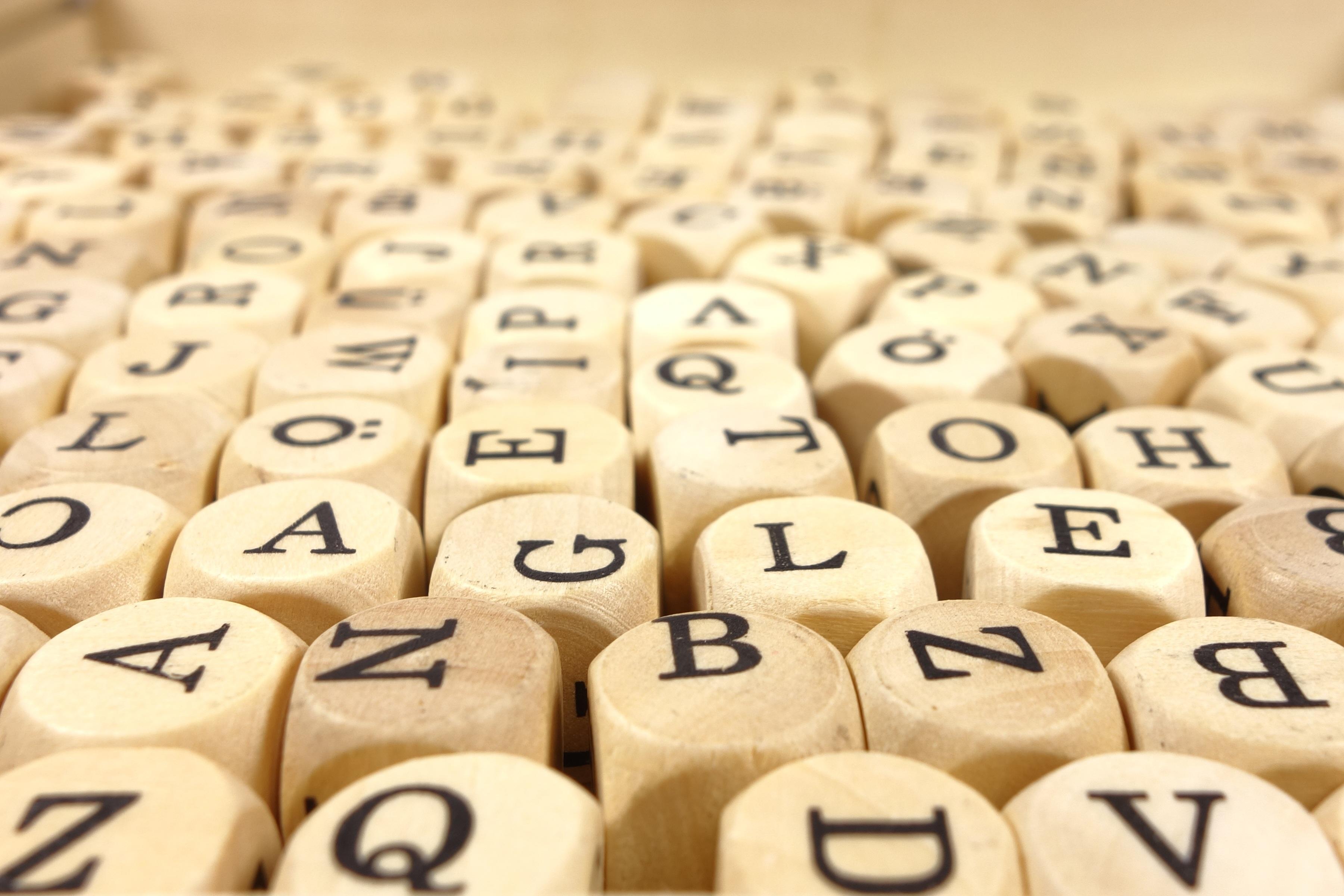Learning the Spanish language when you are not native to a Spanish-speaking country requires constant revision of new information: letters of the Spanish alphabet, learning to write, pronouncing words, understanding accents, getting to grips with sentence structure, Spanish grammar, vocabulary and learning all the verbs...
In this guide, we’ll break down all 27 letters of the Spanish alphabet, how to pronounce them correctly, and what changes depending on where Spanish is spoken — from Spain to Latin America. You’ll also find pronunciation tips and practice strategies to help you speak more confidently from day one.


About The Spanish Alphabet
The Spanish alphabet, or alfabeto español, consists of 27 letters, including all the letters of the English alphabet plus the letter ñ. Until 2010, the digraphs ch and ll were also officially considered letters of the alphabet, but modern usage now recognises them as combinations. Spanish letters follow consistent pronunciation rules, which makes Spanish one of the more phonetically transparent languages to learn.
How Many Letters Are In The Spanish Alphabet?
The Spanish alphabet consists of 27 letters. This includes the standard 26 letters found in the English alphabet, with the addition of the letter "ñ" (eñe).
The Spanish alphabet closely resembles that of the familiar Latin alphabet, which is widely used in English, Romance and Germanic languages.
How to Pronounce Spanish Letters
Whilst the alphabet may look similar to ours, its pronunciation differs.
Here’s how to pronounce the different letters in Spanish.
Spanish Vowels
Spanish has five vowels: a, e, i, o, u. Each vowel has a single, consistent sound, unlike English, where vowels can vary. Here’s a quick guide:
- A – /a/ as in “father”
- E – /e/ as in “met”
- I – /i/ as in “machine”
- O – /o/ as in “for” (short and closed)
- U – /u/ as in “flute”
In certain word combinations, i and u act as semivowels (forming diphthongs), like in tierra (/ˈtje.ra/) or hueso (/ˈwe.so/).
| Letter | Description |
|---|---|
| A | pronounced like ah in English |
| E | pronounced like eh in English |
| I | pronounced like ee in English |
| O | pronounced like oh in English |
| U | pronounced like oo in English |
| Y | pronounced like e in English |
Spanish Consonants and Digraphs
Most Spanish consonants sound similar to their English counterparts, but a few have notable differences. For example:
- C before e or i sounds like [θ] (in Spain) or [s] (in Latin America)
- G has a soft sound before e/i (like English “h” in “hello”) and a hard sound before a/o/u (like “go”)
- J is always pronounced like a strong English "h"
- R and RR differ: r is tapped [ɾ], rr is rolled [r]
Also note the digraphs:
- CH – like “ch” in “cheese”
- LL – traditionally [ʎ], now often [ʝ] or [ʒ] (like “y” in “yes” or the "s" in "measure")
- RR – a trilled "r", as in perro (dog)
Before 1994, CH and LL were included as separate letters in dictionaries and textbooks. However, the Real Academia Española (RAE) removed its letter status to simplify alphabetisation and teaching. While they are no longer individual letters, they still represent unique sounds in pronunciation.
Spanish Alphabet Pronunciation
| Letter | Pronunciation | Pronunciation | Example | ||
|---|---|---|---|---|---|
| A | /a/ | agua (water) | |||
| B | /be/ or /ve/ | bicicleta (bicycle) | |||
| C | /ce/ or /se/ | casa (house) | |||
| D | /de/ | día (day) | |||
| E | /e/ | elefante (elephant) | |||
| F | /efe/ | familia (family) | |||
| G | /ge/ or /he/ (before e or i), /ge/ or /je/ (before a or u) | gato (cat) | |||
| H | /hache/ (silent) | hola (hello) | |||
| I | /i/ | isla (island) | |||
| J | /jota/ | jardín (garden) | |||
| K | /ka/ or /ke/ | kilogramo (kilogram) | |||
| L | /ele/ | luna (moon) | |||
| LL | /elle/ | llama (flame) | |||
| M | /eme/ | manzana (apple) | |||
| N | /ene/ | naranja (orange) | |||
| Ñ | /eñe/ | señal (sign) | |||
| O | /o/ | oso (bear) | |||
| P | /pe/ | perro (dog) | |||
| Q | /cu/ or /qu/ | queso (cheese) | |||
| R | /ere/ (rolled) | rojo (red) | |||
| S | /ese/ or /ce/ (before e or i),/ese/ (before a, o, or u) | sol (sun) | |||
| T | /te/ | tren (train) | |||
| U | /u/ | uva (grape) | |||
| V | /ve/ or /ube/ | vino (wine) | |||
| W | /uve doble/ | whisky (whiskey) | |||
| X | /equis/ | xilófono (xylophone) | |||
| Y | /ee | yogur (yogurt) | |||
| Z | /zeta/ | zapato (shoe) |
Note that there are a total of 21 consonants in Spanish. The consonants c, r, l and n are often doubled, B,D,F,G,M,P,S,T are never doubled.
And when you see the pairing ch it is pronounced like the ch in cheque or sketch.
Get Spanish classes near me here.

Spanish Regional Pronunciation Differences
Spanish is spoken across over 20 countries, and while the alphabet remains the same, pronunciation can vary widely by region. These differences are especially noticeable with certain consonants and combinations. Below is a breakdown of the most important regional variations:
In Spain (Castilian Spanish), the letters “z” and “c” before “e” or “i” are pronounced like the English “th” in think: zapato → [θaˈpa.to]
cielo → [ˈθje.lo]
This is known as ceceo.
In Latin America, the same letters are pronounced as “s”
Traditionally, “ll” (double L) and “y” had distinct sounds:
ll = [ʎ] (like the “lli” in “million”)
y = [ʝ] (similar to the “y” in “yes”)
Today, most regions have merged these sounds in a phenomenon known as yeísmo, and both are pronounced like:
[ʝ] in Spain and Mexico
[ʒ] or [ʃ] (like the “s” in measure or “sh” in shoe) in Argentina, Uruguay, and Paraguay (this variation is called zheísmo)
In Caribbean Spanish, particularly in Cuba, Puerto Rico, and the Dominican Republic, the letter “s” at the end of a syllable is often aspirated or dropped:
estás may sound like [ehˈtah] or [etˈtah]
In contrast, in Mexico, Spain, and Colombia, the “s” is clearly pronounced: [esˈtas]
The letter “j” and soft “g” (before e or i) are pronounced as a strong, raspy “h” sound in Spain – especially in central and northern areas:
jamón → [xaˈmon]
In Mexico and much of Latin America, this sound is softer, closer to the English “h”:
jamón → [haˈmon]
Tips To Improve Your Spanish Pronunciation
Mastering the Spanish alphabet is an essential first step for beginners learning the language. Since Spanish pronunciation is relatively consistent and phonetic, building a strong foundation in how each letter sounds will make reading, writing, and speaking much easier.
- Listen and repeat: Use YouTube videos or language apps that say each letter aloud.
- Sing the Spanish alphabet song: It’s catchy and reinforces pronunciation.
- Practice with spelling exercises: Try spelling your name and everyday words aloud.
- Record yourself: Compare your pronunciation to native speakers.
- Use flashcards with example words for each letter and sound.
History of the Spanish and Castilian Alphabet

Spanish - or Castilian as it is sometimes known - is a Romantic language that came about between the 8th and 9th centuries. It is a derivative of the Latin used in Cantabria after the decline of the Roman Empire.
Arab influences from the Muslim conquest in the 8th century remain and thus there are more than 4,000 words of Arabic origin still in the Spanish language today.
Under Ancient Rome, the conquest of the Hispanic peninsula - then called Hispania - took place from the 3rd century to the 1st century BC. A rapid process of Romanization of the population followed, linguistically, economically and culturally.
But the geographical distance of Spain from Rome, and the fact that most Romans who participated in the colonization of the Spanish Peninsula spoke a variety of Latin, however, explains a relative distance in terms of language between Latin and Castilian.
Take Private Lessons to Master the Spanish Alphabet
When you don’t have the time or the money to go to Spain to learn Spanish the next best thing is to take private lessons.
We have Superprof tutors all over the world so you can find one near you!
Learning to speak Spanish in a home language course is one of the best ways to increase your language skills.
We have a vast pool of experienced teachers to help you sound like a native speaker!
A great technique for learning, especially for children, is singing! Reciting Spanish letters in song will make them easier to remember and you won’t get bored.
Fortunately for beginners, you don’t have a completely new alphabet to learn like in Korean or Arabic.
So why learn the Spanish alphabet if it’s like ours?

Because this revision will limit spelling mistakes when you move onto Spanish writing and it will help with your pronunciation.
In addition, it will make learning grammar easier since you will also know which letter to write for each Spanish diphthong.
Try reading Spanish news and listen to podcasts or Spanish-language radio programs to improve your comprehension of the Spanish accent.
Why?
Because you will familiarize yourself with the tonic accent of the language and it is a good way to increase your general knowledge: to learn more, for example about the History of Spain, the History of the Spanish colonization of the Latin-American continent, to learn about politics in Spain, discover Spanish literature or music.
In short, immerse yourself linguistically and culturally before you even go on a trip to Spain! You can do this with spanish classes London!
















I thought when the letter D was in between 2 vowels it sounds like a “th” sound?